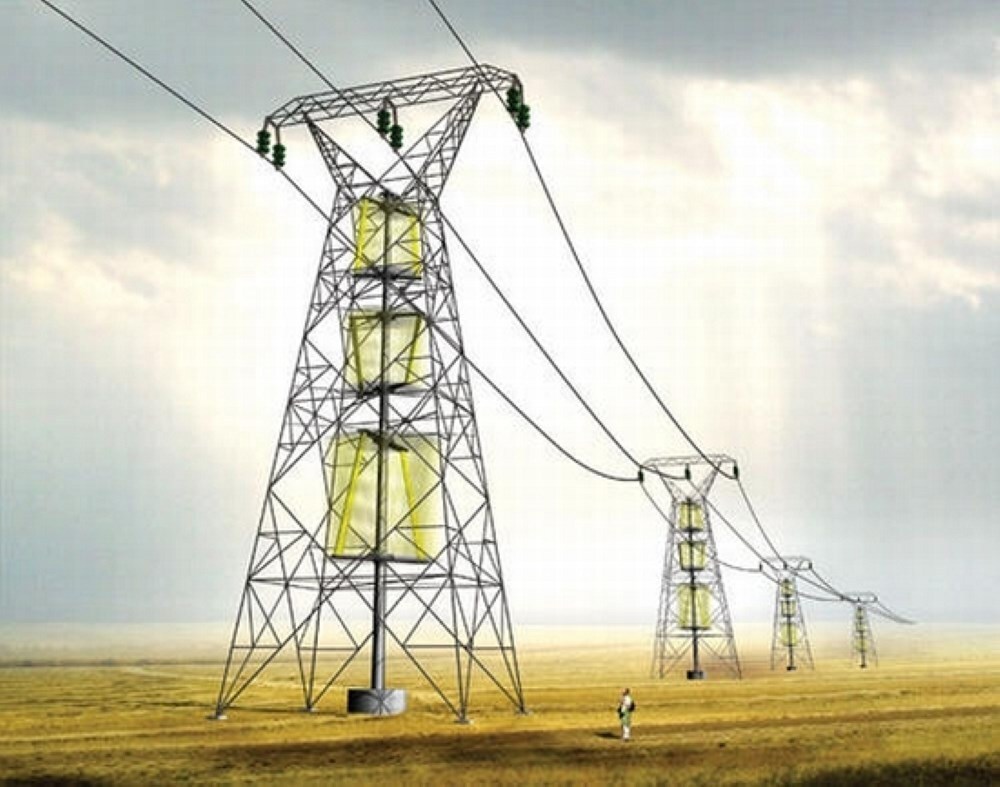

The Trump administration's efforts to bring aluminium production back to the US are hitting a major roadblock, as fierce competition for energy resources is heating up, especially with the skyrocketing power needs of AI development and the growth of data centres.

Aluminium is currently at the crossroads of several significant industrial and economic trends, with a hefty 50 per cent national security tariff in the US. Moreover, the metal is known for being energy-intensive, just as power costs are on the rise and it plays a crucial role in the world of electric vehicles and green energy technologies. Additionally, it's becoming more common in robotics applications and is essential as a heat sink material in the rapidly growing data centre industry.
According to the Wall Street Journal, aluminium prices have not really jumped yet, but the market conditions hint that there’s some upward pressure building. This trend is happening even without the influence of current political factors, but mainly due to China’s ongoing efforts to reduce production capacity.
Also read: HUB Power considers aluminium and SPM projects to diversify portfolio
At present, the major hurdle in the US–Canada trade talks is the fact that about 40 per cent of the US's aluminium supply comes from Canada, especially from Quebec, where they benefit from affordable hydroelectric power for production. This week, officials from both nations are sitting down to negotiate an agreement that could help lower the existing 50 per cent tariff.
In this situation, Alcoa is likely to come out on top, as about 75 per cent of its North American production is located in Canada. Right now, the company is trading at 5 times its EBITDA and 13 times its earnings, which shows it has a low level of debt. However, it's worth noting that Alcoa faced USD 95 million in tariff costs during the second quarter and those expenses have been climbing in the following periods.
Read the report “ALuminium Wires & Cables - Insights & Forecast to 2030” to know more about aluminium use in electricity.
Responses








